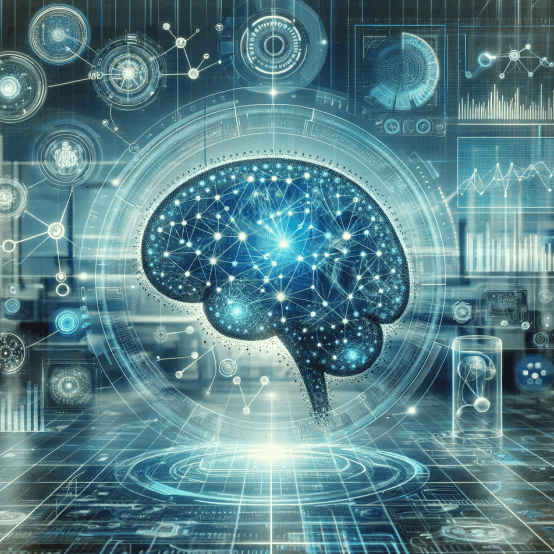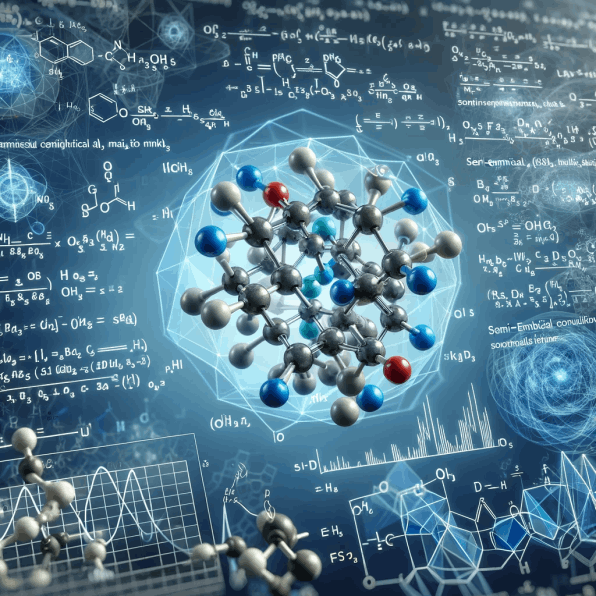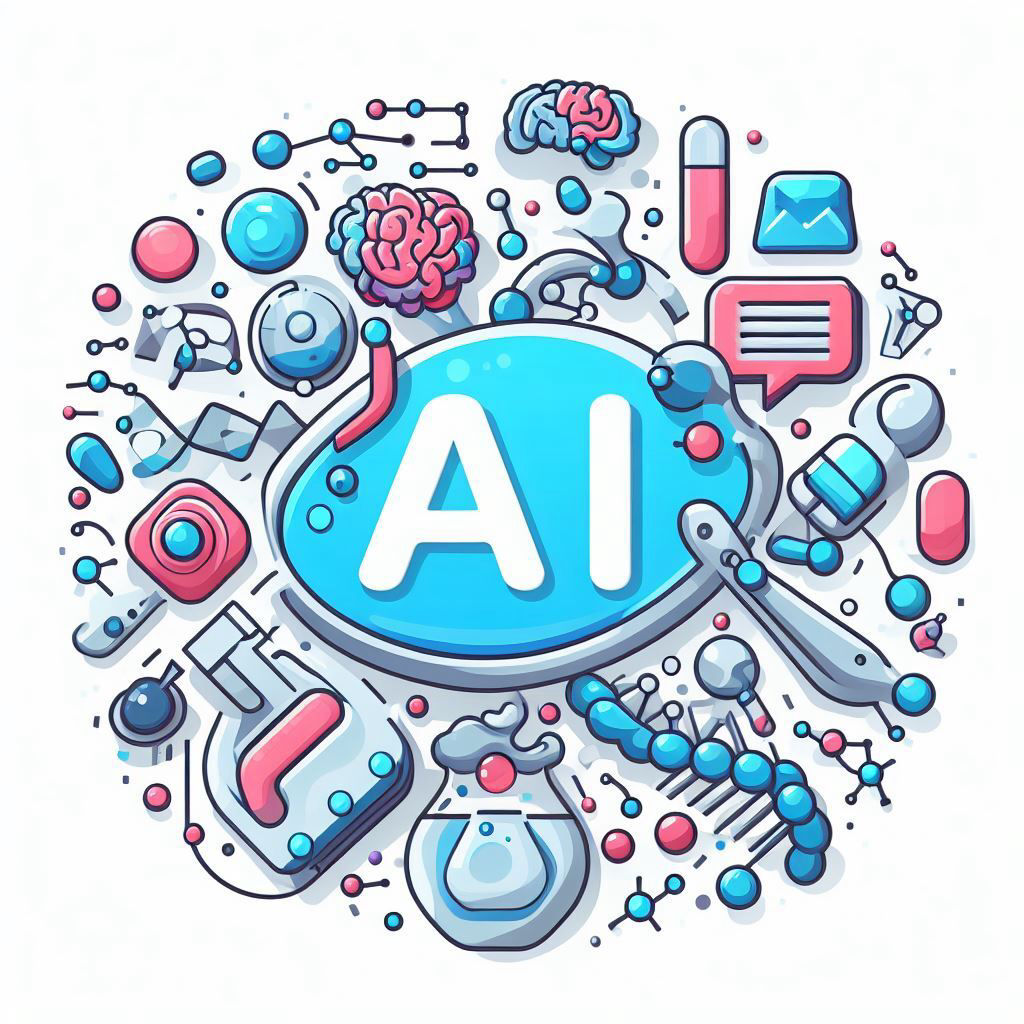Focus Areas
Our Major Research Areas

AI/ML Applications
Artificial Intelligence for Applications in Chemistry, Drug Discovery, Biology, and Healthcare

Dataset Development
Developing Large Scale Datasets for Machine Learning Applications in Drug Discovery and Healthcare

Biomolecular Systems
Molecular Dynamics Simulations, State of the Art Enhanced Sampling Techniques and QM/MM for Studying Biomolecular Processes

Computational Materials & Reaction Pathways
Quantum Chemical Calculations for Investigating Electronic Properties, Reaction Profiles of Chemical Processes



